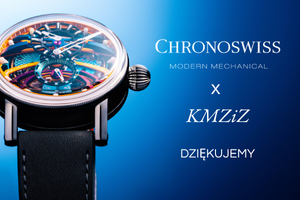
Klub Miłośników Zegarków Vacheron Constantin
dodany przez
Gość McIntosh, w ZEGARKI SZWAJCARSKIE i NIEMIECKIE
-
Ostatnio przeglądający 0 użytkowników
Brak zarejestrowanych użytkowników przeglądających tę stronę.









